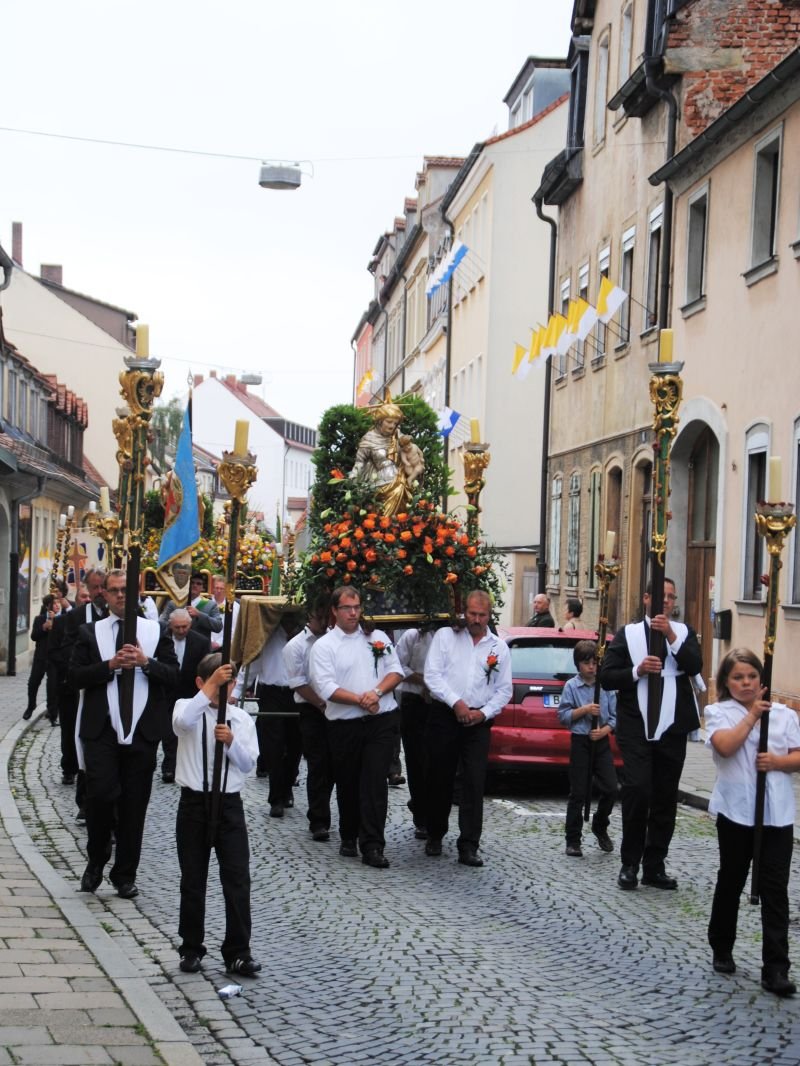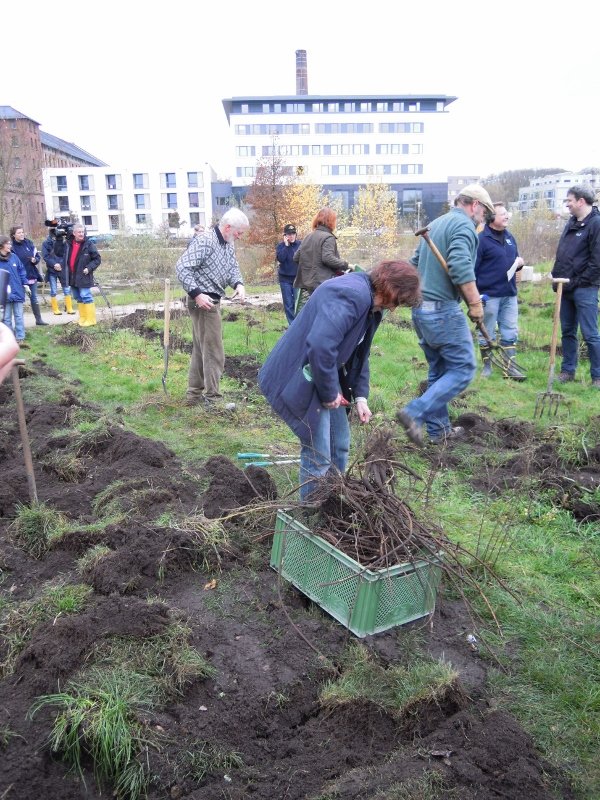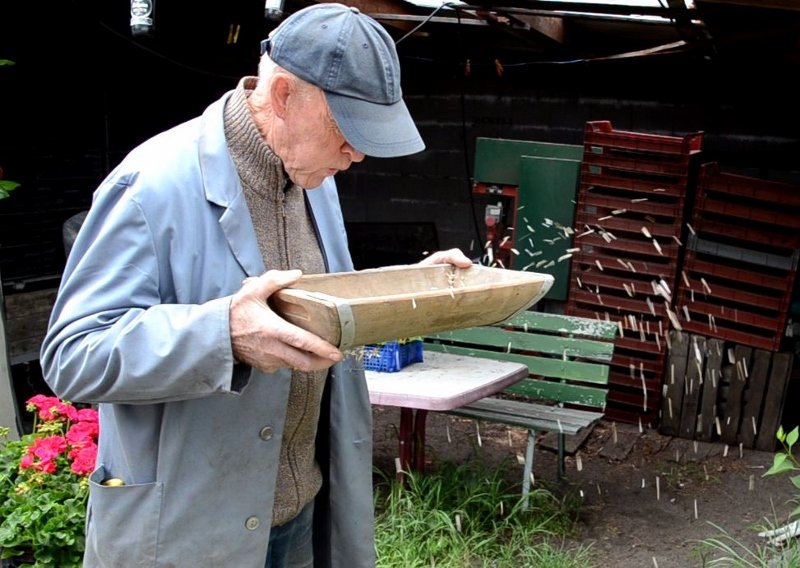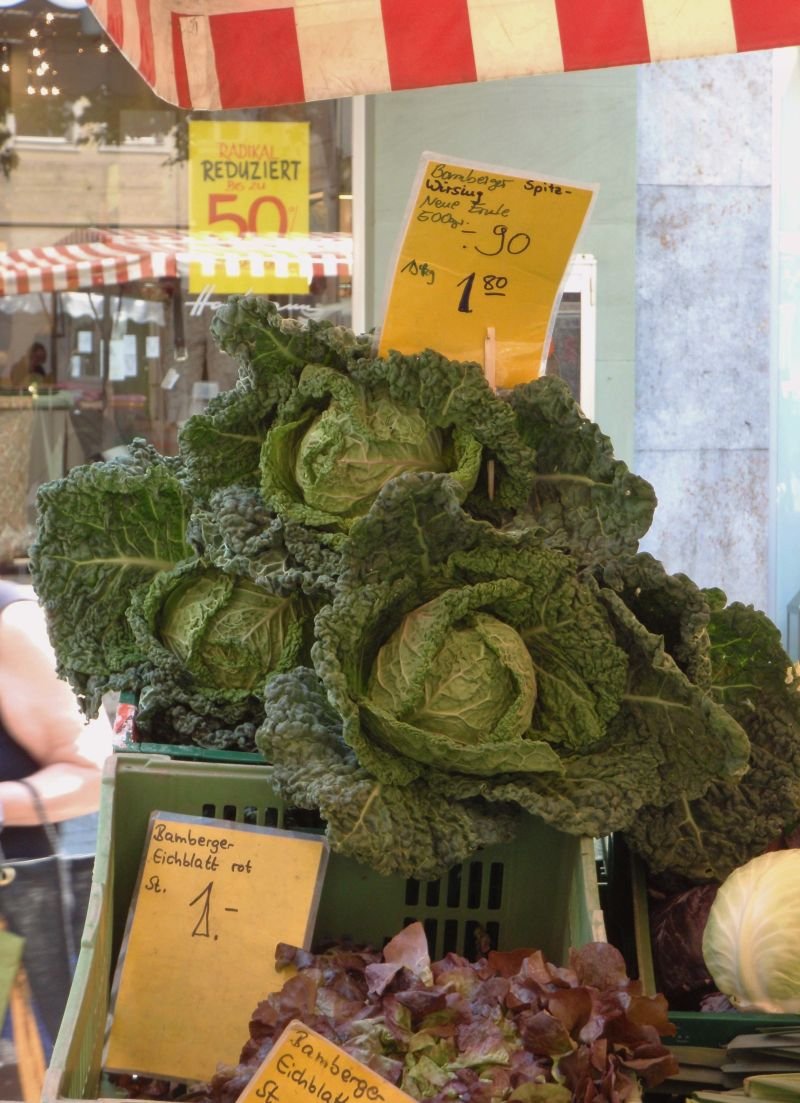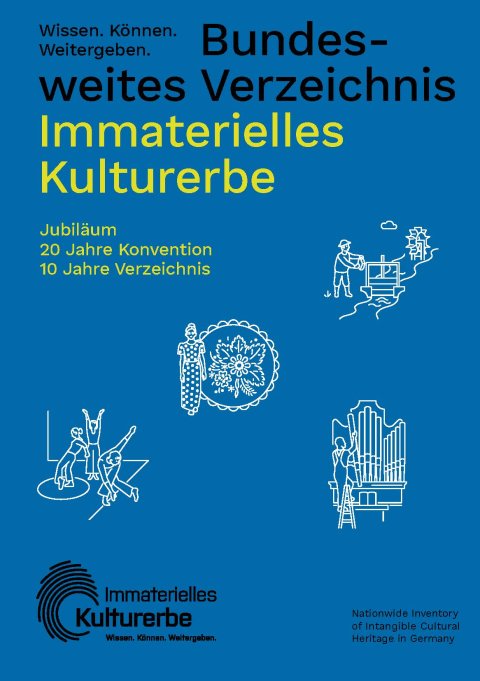Nationwide Inventory of Intangible Cultural Heritage
Innercity Horticulture in Bamberg
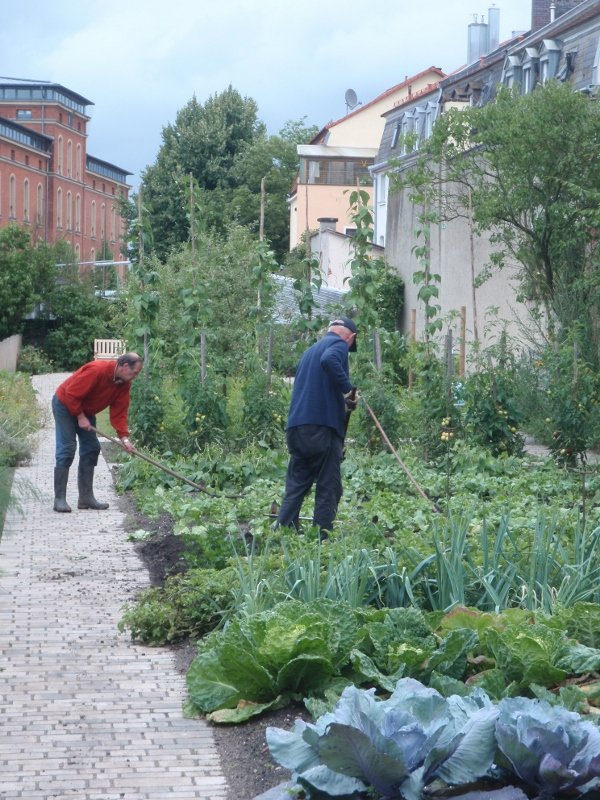
Inner-city commercial vegetable gardening in Bamberg is accompanied by various social, religious, and corporate traditions of the gardeners. They are expressed e.g. in housing, clothing and language.
Provable since the 14th century, vegetables and herbs are grown in Bamberg on fertile alluvial soil under good climatic conditions and exported Europe-wide. Among them are e.g. various sorts of salad and cabbage, asparagus, radish, onions, garlic, licorice, parsley, and red beet.
They are sold on the “Green Market” (“Grüner Markt”), in farm stores, restaurants and only a few grocery stores. Some of these local types are very specific and worldwide unique. The grown types, the tools and their use are commonly named and described in local dialect.
In the sense of the widely spread catholic confession, all cultivations are planted in the name of God. Gardeners give thanks with processions on the day of Corpus Christi, also in memory of Saint Sebastian, their patron saint. On representative occasions like this, a special procession-habit is worn, which was introduced in 1891.The historical work clothes consist of a work-blouse with ergonomically shaped and cut sleeves and a headscarf, worn for sun protection.
Gardeners join together to form associations, which contributes to their identity as gardeners. Associations like “Verein Bamberger Sortengarten – Grünes Erbe Bamberg” and “Bamberger Süßholzgesellschaft” work towards sustaining unique types as well as collecting of and passing on the transmitted knowledge of gardeners.
Since 1993, the old town of Bamberg, in which some of the commercial horticulture takes place, belongs to the UNESCO World Heritage. In addition, the Bamberg State Library houses works that are part of UNESCO’s Memory of the World programme: the Lorsch Pharmacopoeia and the Reichenau manuscripts.
